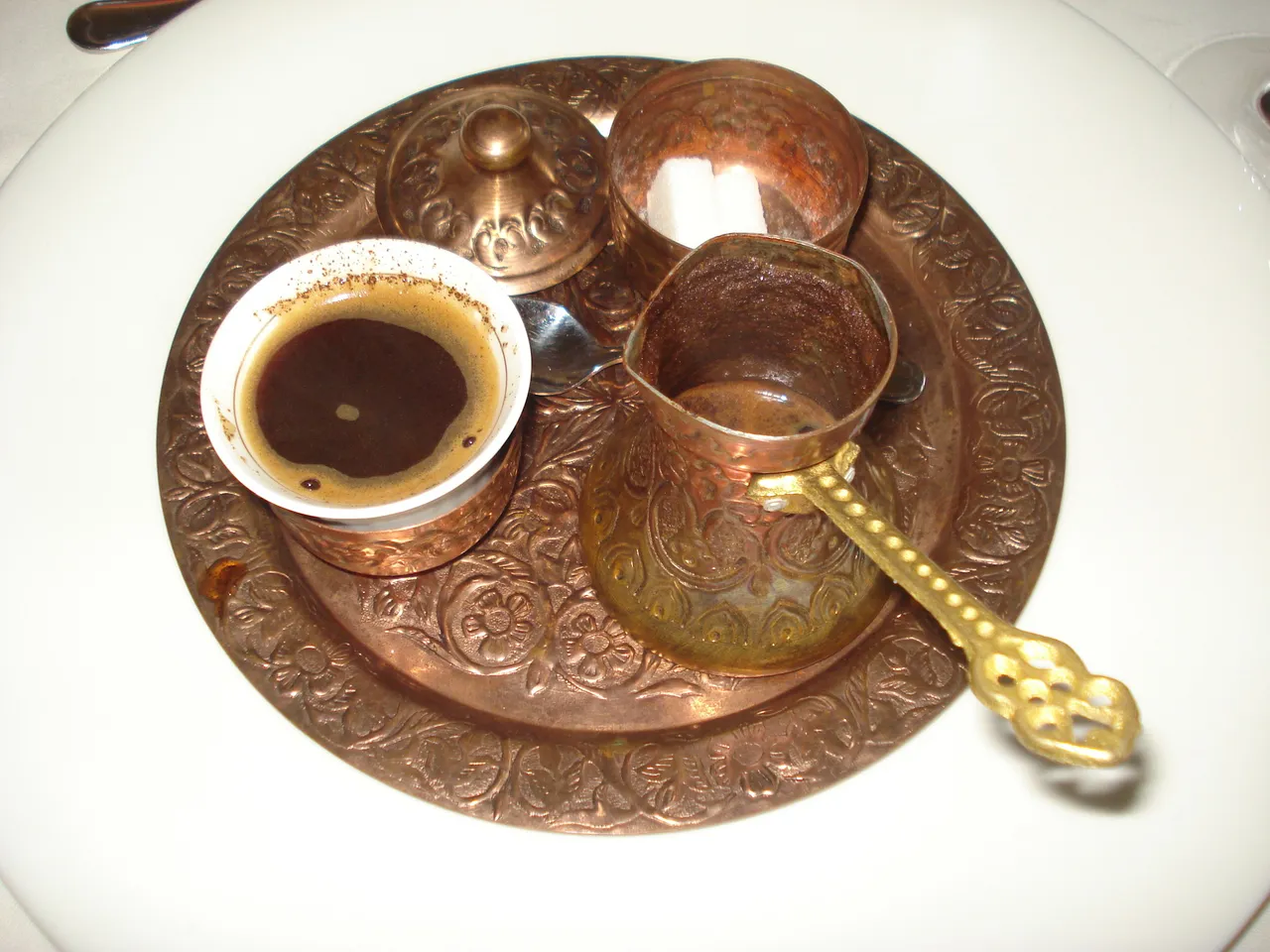Kava is an intoxicating but non alcoholic beverage produced in South Pacific islands from the roots of a pepper plant variety, Piper methysticum (and sometime P. latifolium), where it is an important part of social interaction. THe word kava is shared among many islands of western Polynesia, where it means "sharp, bitter or sour". In Fiji, it is known a Yaquona, and is commonly used informally and in ceremonies, but always socially.

The roots are first pre-masticated by healthy children, then the chewed material is placed in a bowl and stirred with water or coconut milk. The pulp is removed and the resulting coffee-colored liquid is then ready for consumption. It tastes sweet at first, but soon becomes bitter and pungent. 2 mouthfuls of the drink are a standard dose, with intoxication occuring after about 20 minutes. The drink has sedative, anesthetic, and euphoriant properties due to active ingredients called kavalactones.
Kava is often described as producing a state of relaxing calm and well-being without causing cognitive deficiencies. Many people feel talkative at first, and mild stimulation. It is often used relieve fatigue after a hard day, and reduce brain-fog. A sense of relaxation follows, often bringing about eventual sleepiness. Kava is not known to be physically addictive, so dependency is rarely an issue with users. However overuse of the root is known to cause skin issues, along with nausea and indigestion. Other negative effects of overuse include appetite loss, decreased libido and sore eyes. However no loss of cognition is reported, even with overuse. Kava has been found beneficial at treating anxiety in several western medical studies.
